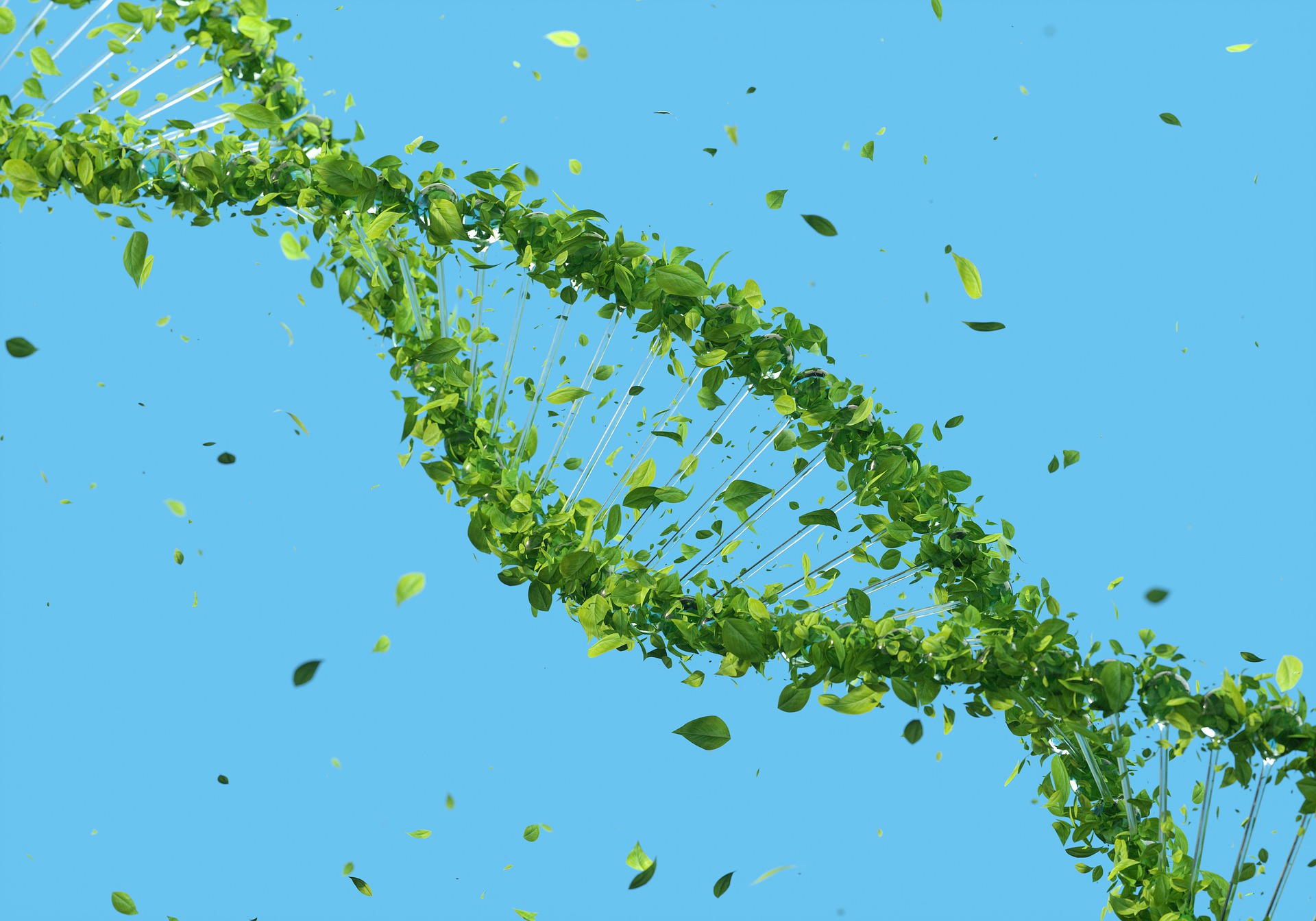
Conserving Genes: Plants for the Future
By Timothy Walker
Sign up for our monthly newsletter!
Every day you eat many seeds or foods made from them. The toast or cereals that you had for breakfast were made from seeds. Perhaps you had a sandwich for lunch and a bar of chocolate–more seeds. For your evening meal you might have had beans or nuts in some form, or maybe a pie–yet more seeds. Seeds, as an important food supply, did not evolve for our benefit or for the benefit of a specific animal. Their evolutionary directive arose as a plant’s survival capsule, carrying its most precious cargo: an embryo containing the plant-to-be’s genetic material. A seed’s genes, of which there are thousands, provide the instructions for the embryo, controlling its development into a young plant and then, when matured, also its day-to-day behavior, its flowering and fruiting. At this point it might be helpful to see an overview of a seed’s structure and function.
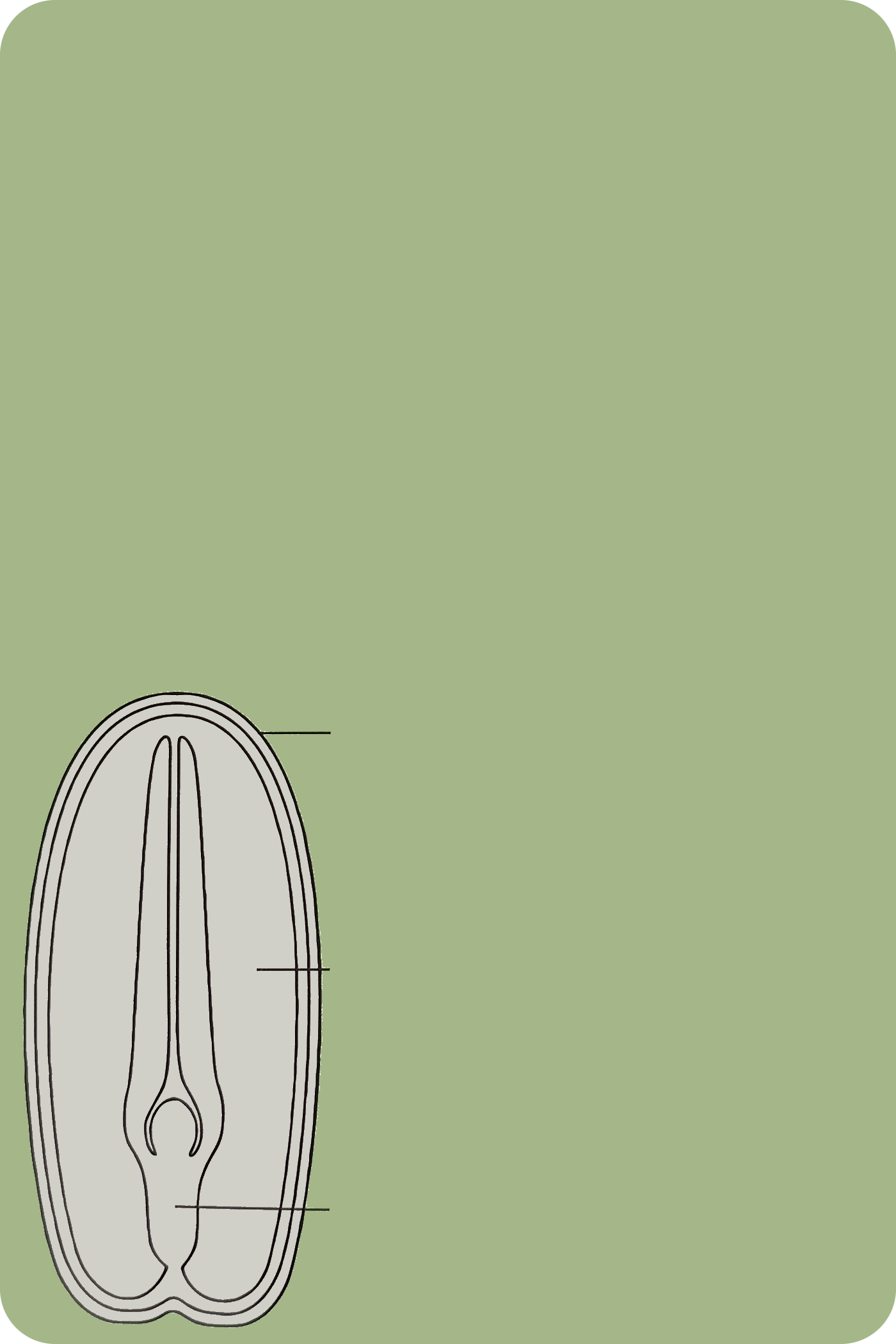
A basic seed structure consist of three parts:
Embryo This part of the seed will grow into a mature plant with roots, shoots, leaves and other elements.
Endosperm Food for the embryo is very important because before the young plant has rooted and developed green leaves that photosynthesize sugars, energy is required for the embryo. The embryo may appear to be doing nothing in the seed but it is alive and therefore it is respiring. The embryo will therefore be using up the food albeit very slowly. The colder it is the slower will be the respiration. The known record is thirty thousand years for a seed to survive frozen in soil.
Seed coat The protective is provided by the material plant in this plant marriage. The seeds may be enclosed in a fruit of various sizes and shapes and textures but the coat is always there on each seed.

A basic seed structure consist of three parts:
Embryo This part of the seed will grow into a mature plant with roots, shoots, leaves and other elements.
Endosperm Food for the embryo is very important because before the young plant has rooted and developed green leaves that photosynthesize sugars, energy is required for the embryo. The embryo may appear to be doing nothing in the seed but it is alive and therefore it is respiring. The embryo will therefore be using up the food albeit very slowly. The colder it is the slower will be the respiration. The known record is thirty thousand years for a seed to survive frozen in soil.
Seed coat The protective is provided by the material plant in this plant marriage. The seeds may be enclosed in a fruit of various sizes and shapes and textures but the coat is always there on each seed.
Like all species, humans need some plants more than others for their everyday activities. Food, clothing, shelter, medicines, and fuels are all derived from plants. We have manipulated a few species to provide us with most of our basic needs. However, we need to be continually updating the cultivated, man-made varieties of these plants to produce more food and to resist the pests and diseases that see these fields as theirs to eat and devour. While the genes of cereals are easily stored as seeds, which is why seed banks are so useful, this is less easy for crops such as potatoes and fruit trees.
Seed Banks
Clearly, a “natural” seed bank already exists in nature–in the soil–and in this environment seeds can be a pain in the neck. My father believed that preventing weeds from producing seeds was very important: “one year’s seeding means seven years of weeding” was his mantra.
Soil is a reservoir for plants waiting for the right conditions. Species that make cones, such as pines and banksias, hold their seed “banks” in the cones in the tree canopy. Ever since humans have cultivated plants, for economic or amenity reasons, they have stored seeds. If the species is an annual, then this is the only way of ensuring that you have that plant next year; if it is a perennial, then it is a way to guarantee you can grow new plants if they were lost in the winter. These types of seed stores are normally in paper envelopes in a gardener’s dry shed or in the fridge. One thing that must never be forgotten is that seeds are alive, and so infinite storage is very unlikely, because the seed’s food supply will eventually run out. That being said, in 2012 some 30,000-year-old frozen seeds of Silene stenophylla began to germinate in a laboratory in Russia. The record for the germination of a seed after many years without freezing 1,300 years for a seed of Nelumbo nucifera that was buried in mud. In the UK, seeds of wood spurge, Euphorbia amygdaloides, have remained alive in the soil for 125 years, waiting for a clearing in the tree canopy to provide suitable conditions for the plants and to break the dormancy of the seeds.
It is not a big leap of reasoning to think that if a seed can survive in the soil for many years, the seeds might be stored in artificial seedbanks–in draws, boxes, cupboards, or even fridges and freezers. In fact, many artificial seed banks have been set up. For example, in Western Australia there is the Threatened Flora Seed Centre (TFSC), where more than 70 percent of Western Australia’s plants are stored. The Millennium Seed Bank Project in the UK, with more than twenty-five thousand species in storage. In the United States the Rae Selling Berry Seed Bank for the rare and endangered plants of the Pacific Northwest holds more than fourteen thousand collections of more than three hundred species of rare and vulnerable plants.
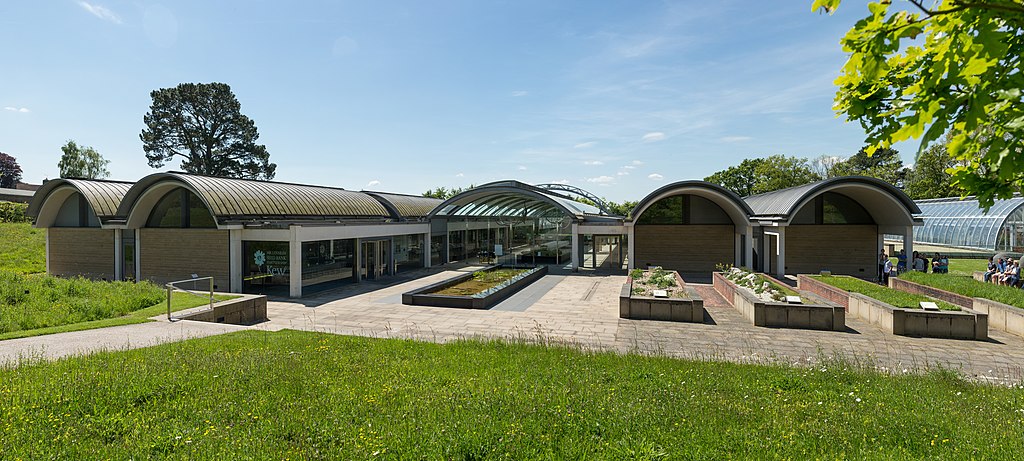
Seed banks can be found around the world. The Millennium Seed Bank in England is one example of a working seed bank; it alone has supplied seeds to more than 4,600 research projects in many parts of the world. From Burkina Faso in Sub-Saharan western Africa, a thousand species have been collected and stored both at the MSBP and in the CNSF (Centre National de Semences Forestieres) in Burkina Faso. This percent represents 50 percent of the species in the country. The seeds are being used in community-based projects that are restoring habitats and developing new agricultural methods. To the east and south of Burkina Faso is Malawi where the MSBP have collected over a thousand species, which is more than a quarter of all the species in the country. Many of these are narrow-range endemics.
The UK Royal Botanic Gardens, Kew, is heavily involved in the conservation of the flora of Madagascar and with good reason. This is one of the hottest biodiversity hotspots on Earth in terms of the number of species in the area and the very high proportion of endemic species–perhaps more than 80 percent of the species are found nowhere else. Kew and the Madagascan government have established the Silo National des Graines Forestières. The goal was that by 2020 this would contain 25 percent of the native species concentrating on five groups of plants. Endemic species, trees for restoration projects, culturally important plants, economically important plants and endangered species from outside protected areas.
Slovakia is a country with three times the number of species found in the UK and 747 of these species are threatened. Furthermore 488 species are endemic to Slovakia and thus found nowhere else. The MSBP and the Slovak Seed Bank now have 198 species. Pressures from human encroachment and uncontrollable fires make seed banking very important. For example, Erica greyi was rediscovered after a gap of over a century, but this last population has now been wiped out by fire, in South Africa.
Timothy Walker is a British botanist and the former Director of the University of Oxford Botanic Garden and Harcourt Arboretum. His books include Euphorbias, 2000, Plants: A very short introduction, 2012, and Plant Conservation, 2013.
This article is an excerpt from Timothy Walker’s book, Plant Conservation, Why it Matters and How it Works, 2013.
Plantings
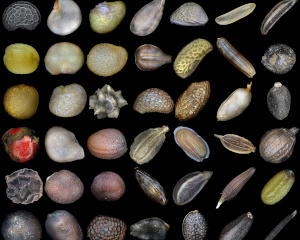
“Open Source” Seeds Loosen Big Ag’s Grip on Farmers
By Michaela Haas
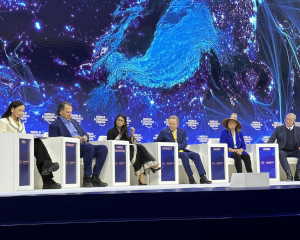
DAVOS: We are in a Race to Resilience
By Gayil Nalls
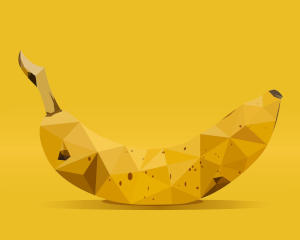
What’s Wrong with Bananas
By Norman C. Ellstrand
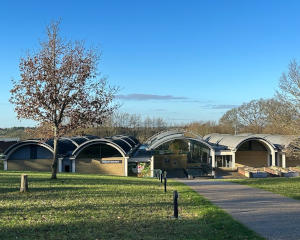
KEW’s Millennium Seed Bank: A Mission to Save Plant Life on Planet Earth
By Gayil Nalls
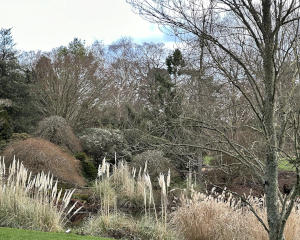
The Winter Garden at Wakehurst Place in West Sussex, England
By Gayil Nalls
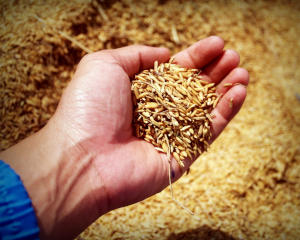
Eat More Plants Recipes:
Authentic Vegetarian Paella
By Javier Ponte

As Ireland transitions from the rich, smoky scent of peat-burning to a more sustainable future, its olfactory heritage is evolving. What will become the next iconic aromatic symbol of Ireland?
Click to watch the documentary trailer.

